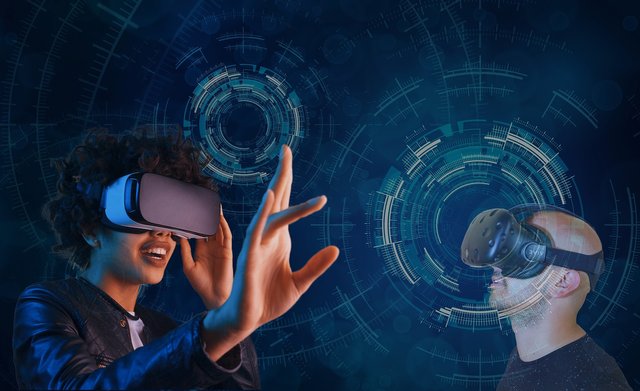Despite the hype about "the" metaverse, it's still not an entity. Instead, the current metaverse is made up of many emerging technologies — and organizations should be careful when investing in a particular metaverse because it's too early .
Nevertheless, metaverse technologies promise another level of interaction in virtual and physical worlds, providing new opportunities and innovative business models. In fact, Gartner predicts that by 2026, 25% of people will spend at least an hour a day in the metaverse working, shopping, education, social media, and/or entertainment.
Technically, the metaverse is a collective virtual shared space, creating a convergence of virtually enhanced physical and digital realities. For the sake of simplicity, think of the metaverse as the next iteration of the internet, which began as individual bulletin boards and standalone online destinations. Eventually these destinations become places in a virtual shared space — similar to metaverse development.
A metaverse is not device-dependent, nor is it owned by a vendor. It is an independent virtual economy, enabled by digital currency and non-fungible tokens (NFT).
As a combinatorial innovation, the metaverse requires many technologies and trends to work. Supporting trends include virtual reality (VR), augmented reality (AR), flexible workstyles, head-mounted displays (HMDs), cloud AR, Internet of Things (IoT), 5G, artificial intelligence (AI) and spatial computing.
VR and AR technologies enable the creation of immersive and interactive environments in the metaverse, allowing users to experience a sense of presence and interact with virtual objects as if they were real.
The high-speed and low-latency of 5G networks are crucial for delivering a seamless and responsive metaverse experience, allowing users to interact with virtual environments in real-time.
AI and ML technologies can be used to create intelligent and adaptive virtual environments, enabling a more personalized and dynamic experience for users.
Blockchain provides a secure and transparent platform for creating and managing digital assets, identities, and transactions in the metaverse, helping to create a decentralized and trustless ecosystem.
A metaverse is a virtual universe or shared space created by the convergence of virtual reality (VR), augmented reality (AR), and other digital technologies. It refers to a virtual space where users can interact with each other and digital objects in a manner similar to the physical world.

Source
Whether or not you should invest in the metaverse depends on your personal financial goals, risk tolerance, and investment strategy. Before making any investment, it's important to do your own research and consider the potential benefits and risks of the investment. Some factors to consider include the growth potential of the industry, the level of investment required, the level of competition, and the regulatory environment. It's also important to seek the advice of a financial advisor before making any investment decisions.
The metaverse is a rapidly evolving technology trend that has the potential to change the way we interact with technology and each other. However, as with any investment, it's important to consider the potential benefits and risks before making a decision. Doing your own research, seeking the advice of a financial advisor, and considering factors such as growth potential, competition, and regulations can help you make an informed investment decision.
